Home>Dining>Tableware>How To Remove Cranberry Stains From A Tablecloth
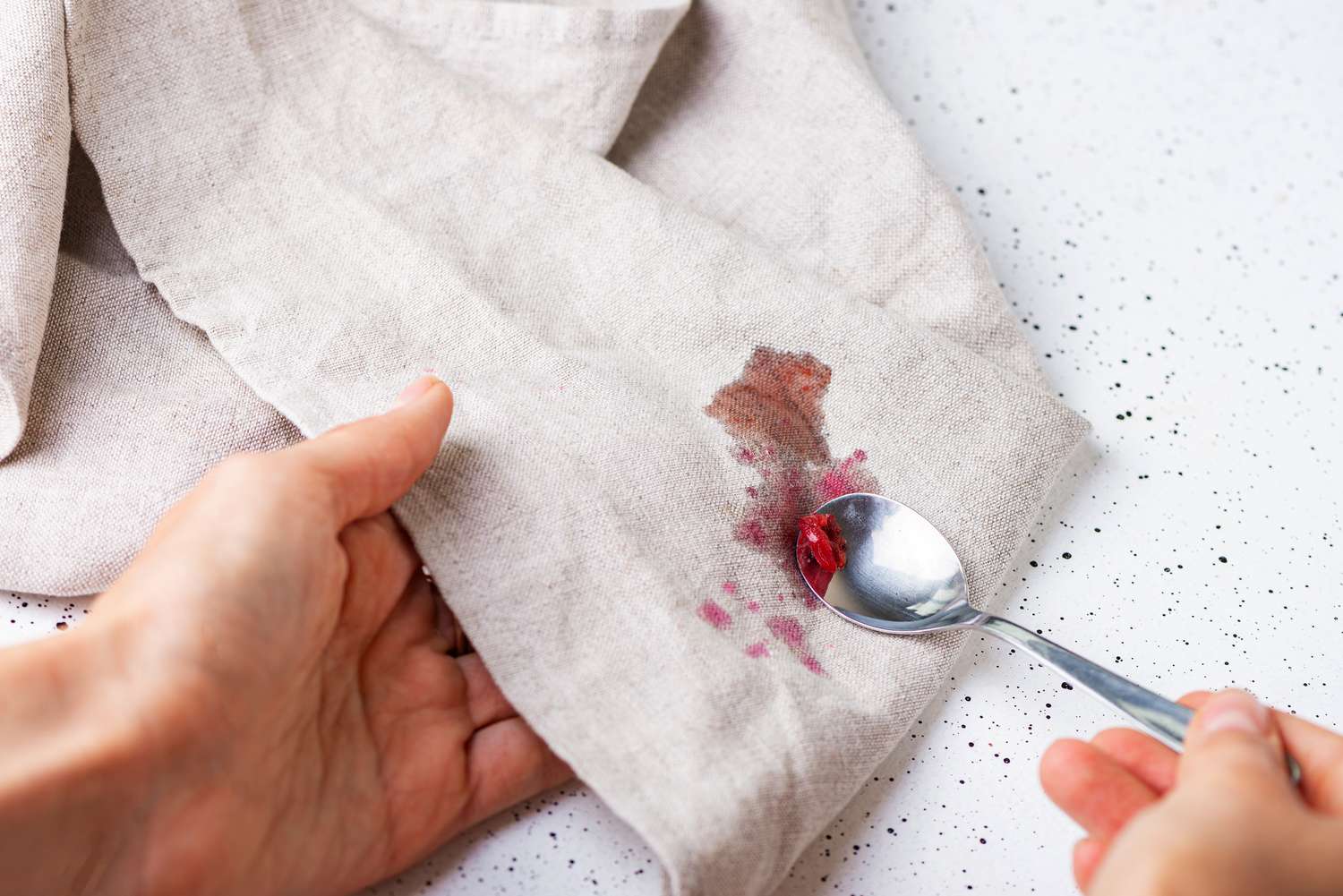

Tableware
How To Remove Cranberry Stains From A Tablecloth
Modified: January 19, 2024
Learn how to effectively remove cranberry stains from your tablecloth with these easy tips and tricks. Keep your tableware looking pristine and stain-free!
(Many of the links in this article redirect to a specific reviewed product. Your purchase of these products through affiliate links helps to generate commission for Storables.com, at no extra cost. Learn more)
Introduction
Are you a fan of cranberry sauce? Nothing beats the tart and sweet flavor that it brings to your thanksgiving table. However, the joy of indulging in this delicious condiment can quickly turn into panic when you accidentally spill cranberry sauce on your pristine tablecloth. Cranberry stains can be a nightmare to deal with, but fear not! With a few simple steps and some basic household items, you can easily remove those stubborn stains.
In this article, we will guide you through the process of removing cranberry stains from your tablecloth. We will provide step-by-step instructions for treating both fresh and set-in stains, as well as share some additional tips to ensure success. Whether your tablecloth is made of cotton, linen, or synthetic materials, these methods will help you restore its original beauty.
Before we dive into the stain removal process, it’s important to understand the nature of cranberry stains. Cranberries contain natural pigments called anthocyanins, which give them their vibrant red color. These pigments can be quite stubborn and tend to bind tightly with fibers, making cranberry stains particularly challenging to remove.
Now that we have a basic understanding of cranberry stains, let’s gather our cleaning supplies and prepare the stained tablecloth for treatment. Follow along as we guide you through the steps to remove cranberry stains and restore your tablecloth to its former glory.
Key Takeaways:
- Act quickly to remove cranberry stains from your tablecloth. Prompt action, gentle blotting, and cold water rinsing can prevent the stain from setting and increase the chances of successful removal.
- Different fabrics require different stain removal methods. Always refer to the care instructions and conduct patch tests before applying any cleaning solutions. Delicate fabrics may need extra care and professional cleaning assistance.
Read more: How To Remove Stains From A Lace Tablecloth
Understanding Cranberry Stains
Before we delve into the techniques to remove cranberry stains, it’s helpful to understand why they can be so stubborn. Cranberry stains are notorious for their bright red color, and this is due to the presence of anthocyanins, a type of natural pigment found in cranberries.
Anthocyanins have strong bonding properties that allow them to adhere to the fibers of fabrics, making the stains difficult to remove. This is especially true if the stain is allowed to set, as the longer it remains untreated, the more challenging it becomes to eliminate.
Additionally, the acidity of cranberries can contribute to the difficulty of stain removal. The acidic nature of cranberry juice can cause the stain to penetrate deeper into the fabric, making it even more stubborn.
It is important to tackle cranberry stains as soon as possible to increase the chances of successful removal. The longer the stain remains on the fabric, the more time it has to set and bond with the fibers.
Now that we have a better understanding of why cranberry stains are stubborn, let’s move on to the process of preparing the stained tablecloth for treatment.
Preparing the Stained Tablecloth
Before you begin the stain removal process, it is essential to properly prepare the stained tablecloth. Taking the right steps will help you maximize your efforts and increase the chances of successfully removing the cranberry stains. Follow these guidelines to ensure a smooth and effective cleaning process:
1. Act quickly: As with any stain, the sooner you address it, the better your chances of complete removal. Prompt action minimizes the chance for the stain to set and become more challenging to eliminate.
2. Blot the stain: Start by gently blotting the stained area with a clean cloth or paper towel. Avoid rubbing the stain, as it can cause it to spread further into the fabric.
3. Check the fabric care instructions: It is important to know the fabric type and the recommended cleaning methods. Different materials require different approaches. Check the care label on your tablecloth for any specific instructions for stain removal.
4. Test for colorfastness: Before applying any stain removal solutions, test them on a small, inconspicuous area of the tablecloth to ensure that they do not cause any color fading or damage to the fabric. This step is particularly crucial for delicate or vintage tablecloths.
5. Gather the necessary supplies: Get all the supplies you will need for the stain removal process. This may include mild detergent, white vinegar, liquid enzyme-based stain remover, hydrogen peroxide, a clean cloth or sponge, and a stain brush.
By following these steps, you will be well-prepared to tackle the cranberry stains on your tablecloth. Remember, each fabric may require slightly different approaches, so always refer to the specific care instructions and proceed with caution.
Removing Fresh Cranberry Stains
When it comes to removing fresh cranberry stains, time is of the essence. Acting quickly can significantly increase your chances of successful stain removal. Follow these steps to tackle fresh cranberry stains on your tablecloth:
1. Blot the stain: Begin by blotting the stain with a clean cloth or paper towel to remove any excess cranberry juice. Be sure to blot gently and avoid rubbing, as this can push the stain deeper into the fabric.
2. Rinse with cold water: Hold the stained area under cold running water, directing the water from the backside of the fabric. This helps in flushing out as much of the stain as possible before it sets.
3. Pre-treat with mild detergent: Apply a small amount of mild detergent directly to the stain, gently massaging it into the fabric. Allow the detergent to sit on the stain for a few minutes to loosen the pigment.
4. Rinse and repeat: Rinse the pre-treated area with cold water to remove the detergent. If the stain is still visible, repeat the process of applying detergent and rinsing until the stain is no longer visible.
5. Launder as usual: After removing the stain, launder the tablecloth as you normally would, following the care instructions provided by the fabric manufacturer. Remember to use cold water, as hot water can set the stain.
If the stain persists after following these steps, you can try using a liquid enzyme-based stain remover. Apply the stain remover according to the manufacturer’s instructions and let it sit on the stain for the recommended amount of time before laundering.
It’s important to note that not all tablecloth materials can withstand the use of stain removers or harsh treatments. Always refer to the care instructions and test any stain removal solutions on a small, inconspicuous area before applying them to the stained area.
With prompt action and the right cleaning techniques, you can effectively remove fresh cranberry stains from your tablecloth and restore its pristine appearance.
To remove cranberry stains from a tablecloth, mix equal parts of white vinegar and water, then blot the stain with the solution. Rinse with cold water and repeat if necessary before washing as usual.
Treating Set-In Cranberry Stains
Dealing with set-in cranberry stains can be more challenging since the pigment has had more time to penetrate and bond with the fabric fibers. However, with the right approach and a little patience, you can still have success in removing these stubborn stains. Here’s how to treat set-in cranberry stains:
1. Pre-soak in cold water: Fill a basin or sink with cold water and add a small amount of mild detergent. Submerge the stained portion of the tablecloth in the solution and let it soak for at least 30 minutes. This will help loosen the stain particles and make them easier to remove.
2. Scrub gently: After the pre-soaking, gently scrub the stain using a soft brush or sponge. Work the detergent into the fabric, focusing on the stained areas. Be careful not to be too aggressive, as this may damage delicate fabrics.
3. Apply a stain remover: If the stain persists after pre-soaking, apply a liquid enzyme-based stain remover directly to the stained area. Follow the instructions provided by the manufacturer and allow the stain remover to penetrate the fabric for the recommended time.
4. Rinse and repeat: Rinse the tablecloth thoroughly under cold water to remove the detergent and stain remover. Inspect the stained area and repeat the pre-soaking and scrubbing process if necessary. Patience is key when dealing with set-in stains, and it may take a few attempts to fully remove the cranberry stain.
5. Launder with care: After successfully treating the set-in stain, launder the tablecloth as per the fabric’s care instructions. It’s important to avoid using hot water, as this can set the stain further. Choose a gentle cycle and a mild detergent to preserve the fabric’s quality.
If the set-in stain remains stubborn, consider using a hydrogen peroxide solution as a last resort. Mix equal parts hydrogen peroxide and water, and apply it to the stain using a clean cloth. Let it sit for a few minutes, then rinse and launder as usual.
Remember, different fabrics may react differently to stain removal methods, so it’s essential to refer to the care label and conduct a patch test on a discreet area before trying any treatment on the stained portion.
With persistence and the right techniques, even set-in cranberry stains can be successfully removed, allowing you to enjoy your tablecloth in all its pristine glory.
Additional Tips for Removing Cranberry Stains
While the previous sections have covered the main methods for removing cranberry stains from tablecloths, here are some additional tips that can help you achieve even better results:
1. Avoid heat: Heat can set the stain, making it more difficult to remove. Always use cold water when treating cranberry stains and avoid applying heat through ironing or placing the stained fabric in a dryer until the stain is completely gone.
2. Use white vinegar: If the stain persists even after applying detergent or enzyme-based stain removers, you can try using white vinegar as an alternative. Mix equal parts of white vinegar and water, and gently dab the mixture onto the stain using a clean cloth. Let it sit for a few minutes before rinsing and laundering.
3. Be gentle with delicate fabrics: Delicate or antique tablecloths require extra care during stain removal. Avoid aggressive scrubbing or using strong stain removers that may damage the delicate fibers or cause color fading. Instead, opt for milder methods like pre-soaking in cold water or using gentle detergents.
4. Seek professional cleaning for valuable tablecloths: If you have a valuable or irreplaceable tablecloth that is heavily stained, it’s best to seek the help of a professional cleaner who specializes in delicate fabrics. They will have the expertise and tools to safely remove the stains without causing any damage.
5. Treat stains from the back: When applying stain removers or detergents, always work from the backside of the fabric. This helps to push the stain outwards and prevents it from spreading further into the fabric.
6. Act quickly after a meal: If you accidentally spill cranberry sauce or juice on your tablecloth during a meal, try to address the stain as soon as possible. Excuse yourself from the table and gently blot the stain with a napkin or paper towel. Taking immediate action can prevent the stain from setting and make it easier to remove later on.
Remember, every fabric is unique, and different cleaning methods may yield different results. It’s always a good idea to test any cleaning solution on a small, inconspicuous area before treating the stained portion. If you’re unsure about the best approach, consult a professional cleaner or refer to the manufacturer’s care instructions for your specific tablecloth.
By following these additional tips and the methods outlined earlier, you can increase your chances of successfully removing cranberry stains from your tablecloth, ensuring that it stays looking pristine for future gatherings and celebrations.
Conclusion
Cranberry stains on a tablecloth can be a cause for concern, but with the right techniques and a bit of patience, they can be effectively removed. By understanding the nature of cranberry stains and taking immediate action, you can increase your chances of successfully restoring your tablecloth to its original beauty.
Whether you’re dealing with fresh cranberry stains or set-in ones, the key is to act quickly. Blotting the stain, rinsing with cold water, and applying a mild detergent can often be enough to lift fresh stains. Pre-soaking and gentle scrubbing are essential when dealing with set-in stains, followed by the application of stain removers if necessary.
Throughout the stain removal process, it’s crucial to refer to the fabric’s care instructions and conduct patch tests on inconspicuous areas to ensure that the cleaning methods won’t cause any damage. For delicate or valuable tablecloths, seeking professional cleaning assistance is advisable.
Remember to avoid heat and use cold water during the stain removal process, as heat can set the stain and make it more challenging to remove. Delicate fabrics require extra care, and using white vinegar as an alternative treatment can be effective.
By following the additional tips provided and being mindful of the fabric type, you can successfully remove cranberry stains and ensure that your tablecloth remains a beautiful centerpiece for future meals and gatherings.
So the next time you accidentally spill cranberry sauce, don’t panic! Armed with the knowledge and techniques in this article, you can confidently tackle those stubborn stains and restore your tablecloth to its former glory.
Frequently Asked Questions about How To Remove Cranberry Stains From A Tablecloth
Was this page helpful?
At Storables.com, we guarantee accurate and reliable information. Our content, validated by Expert Board Contributors, is crafted following stringent Editorial Policies. We're committed to providing you with well-researched, expert-backed insights for all your informational needs.
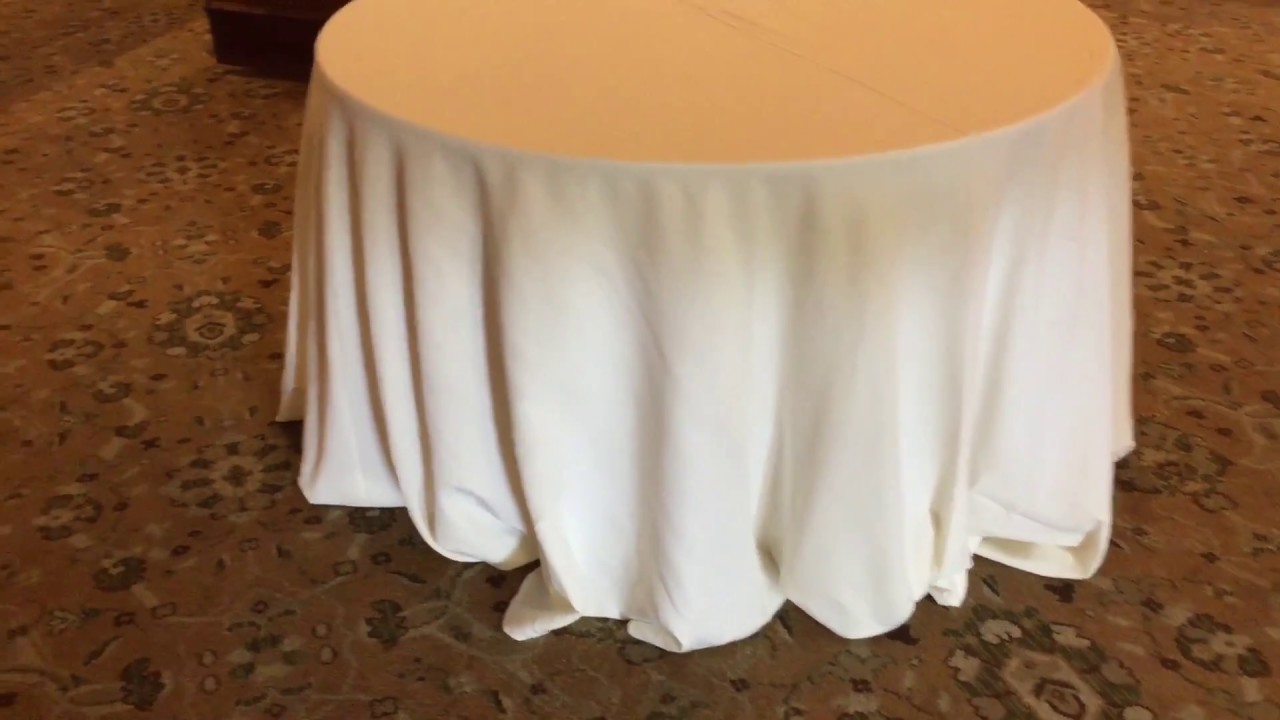
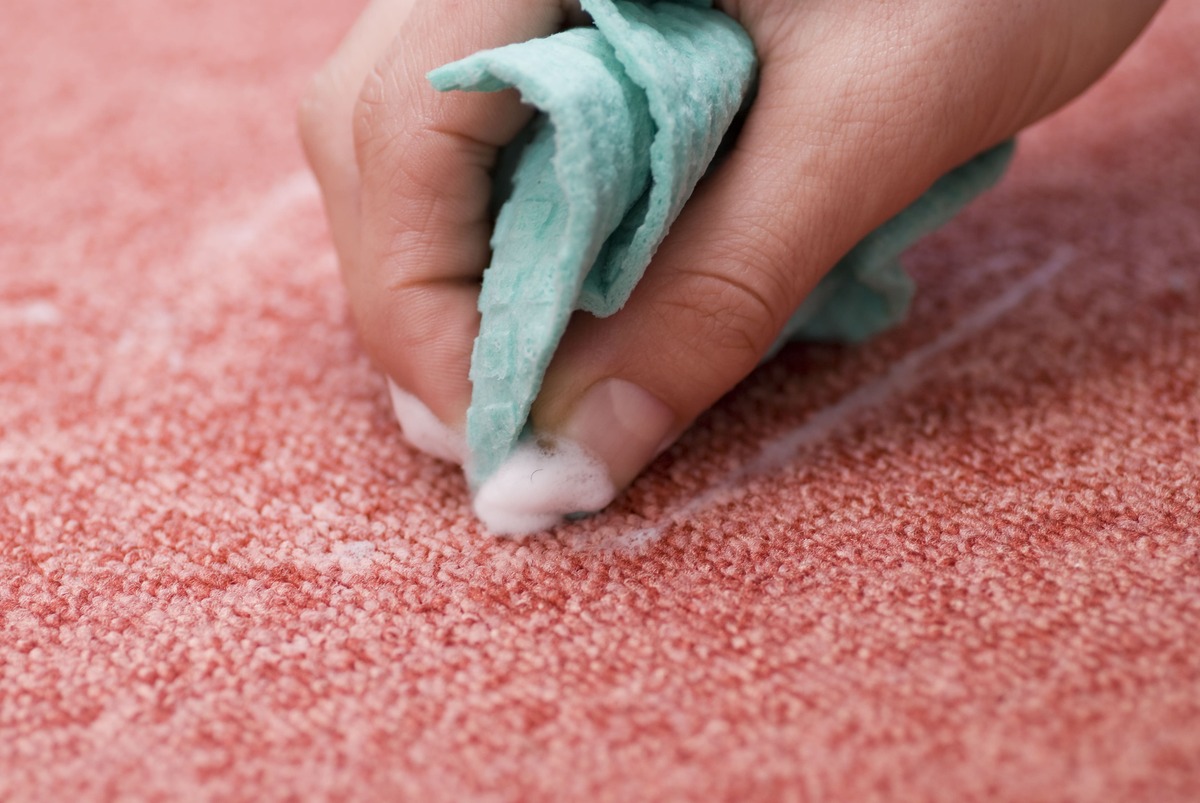

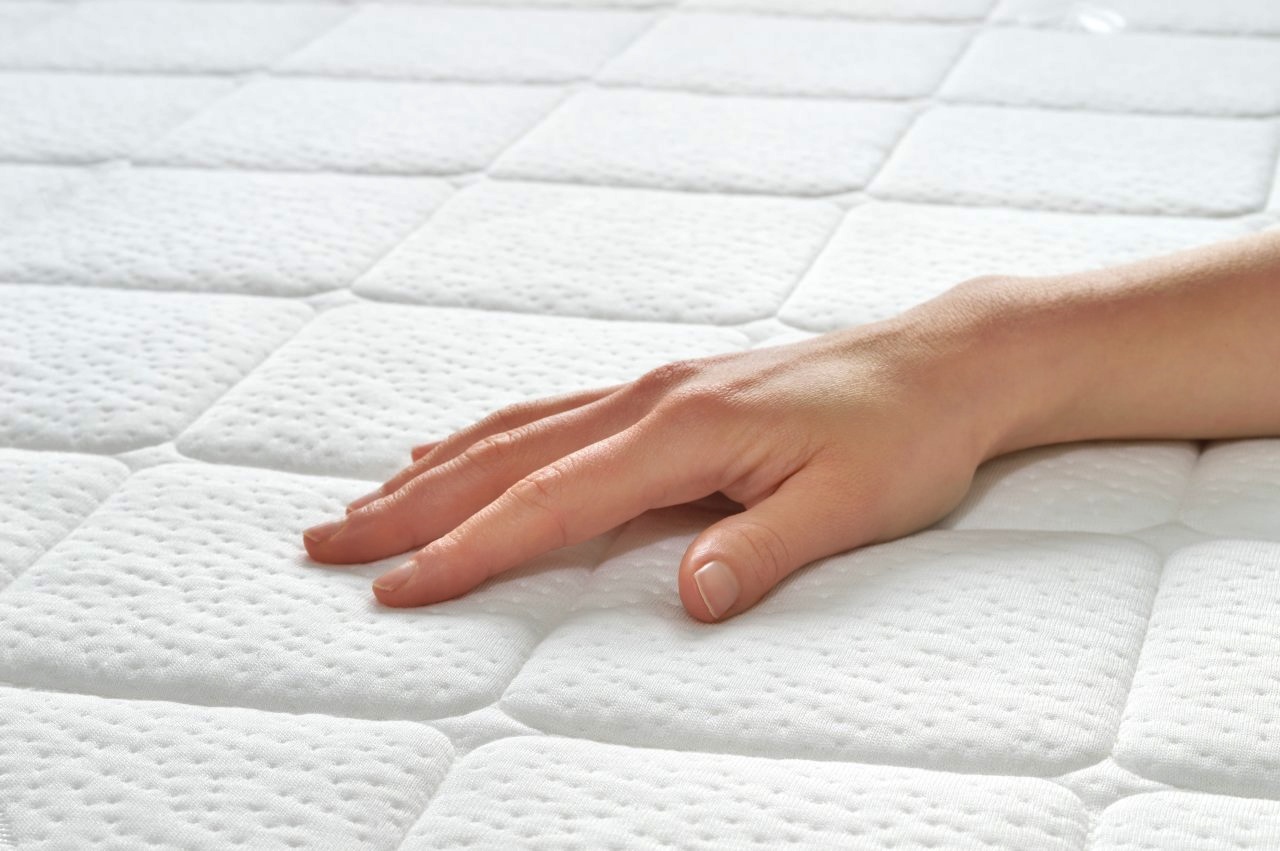
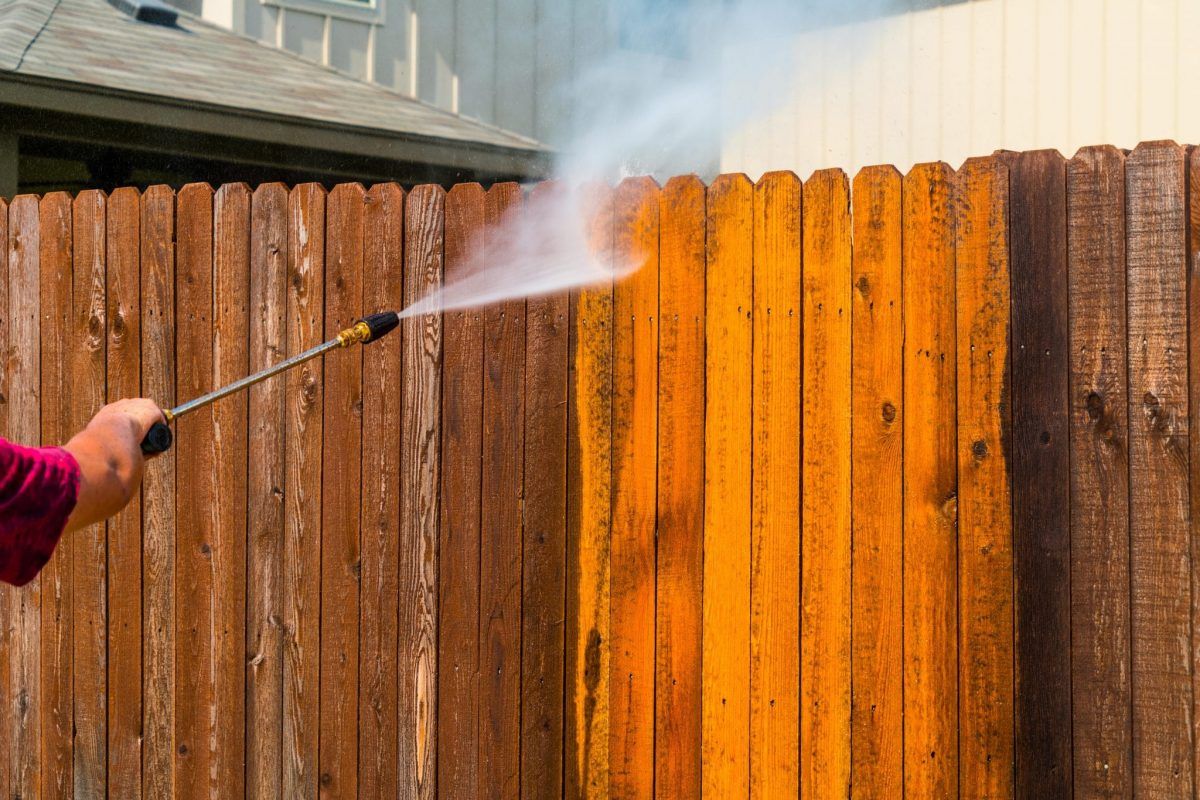

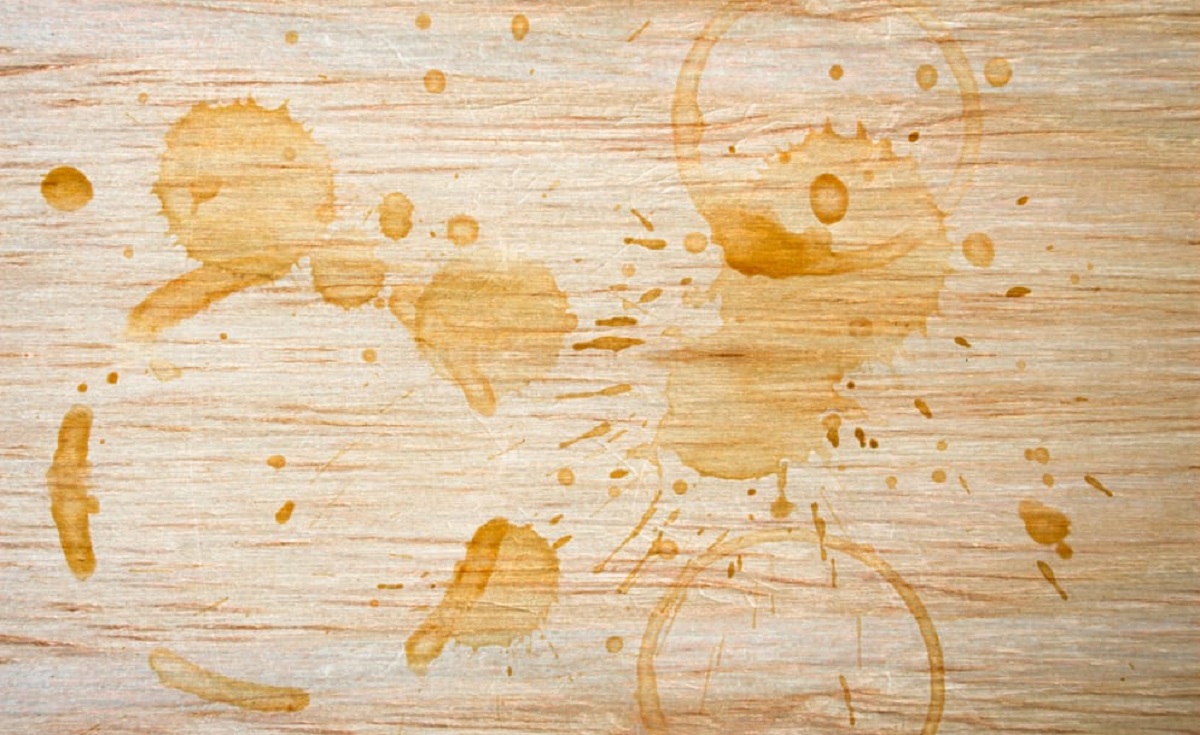
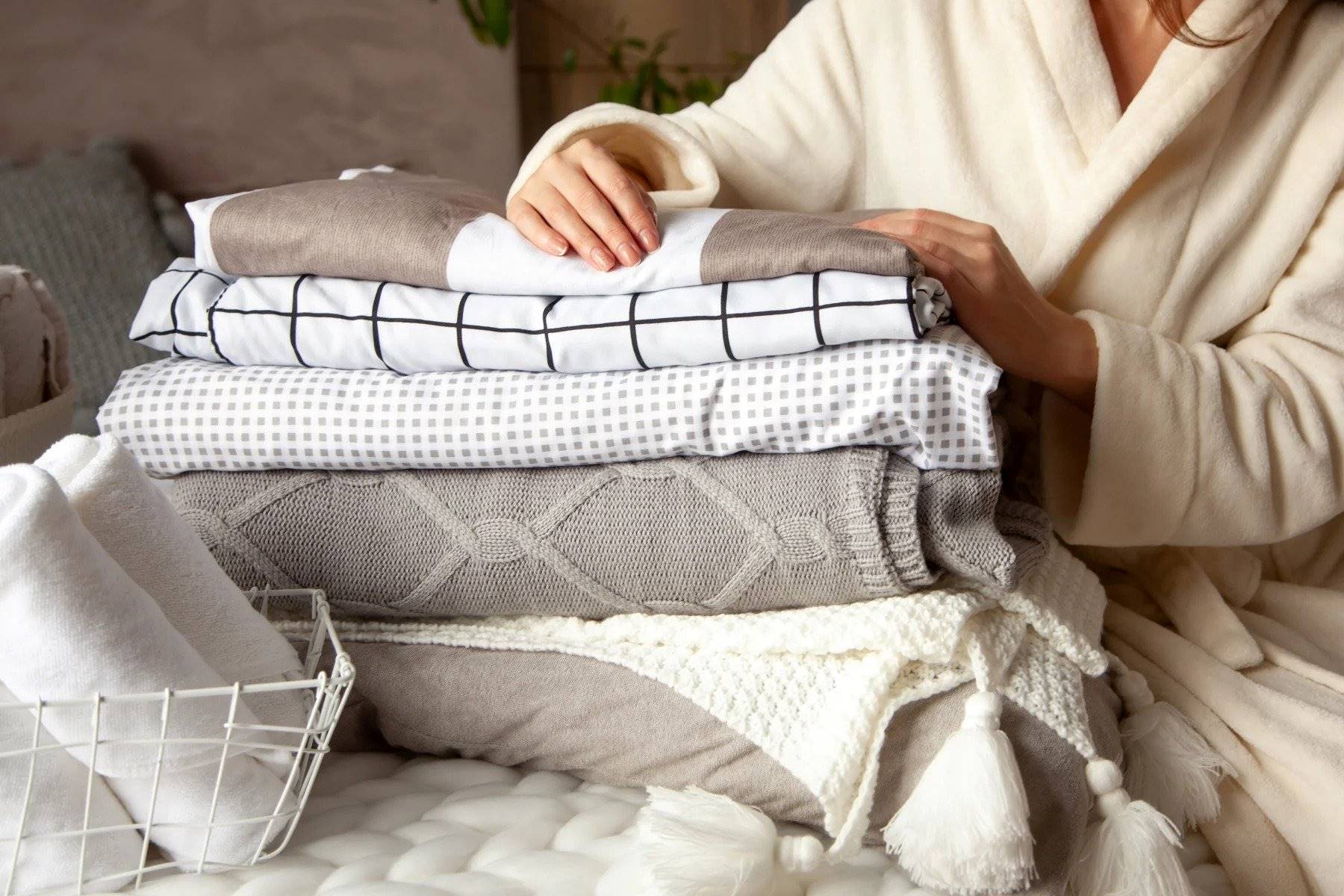
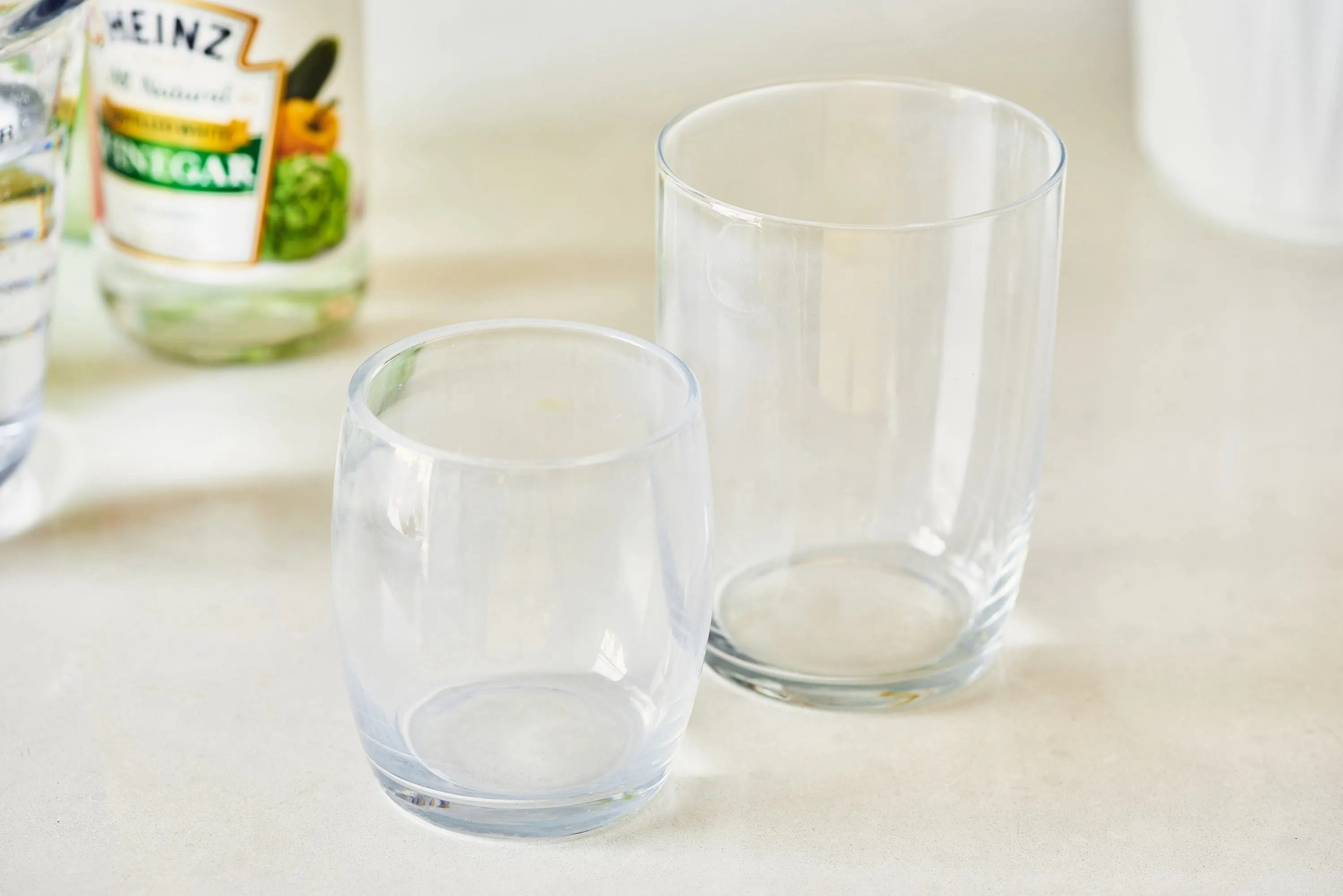
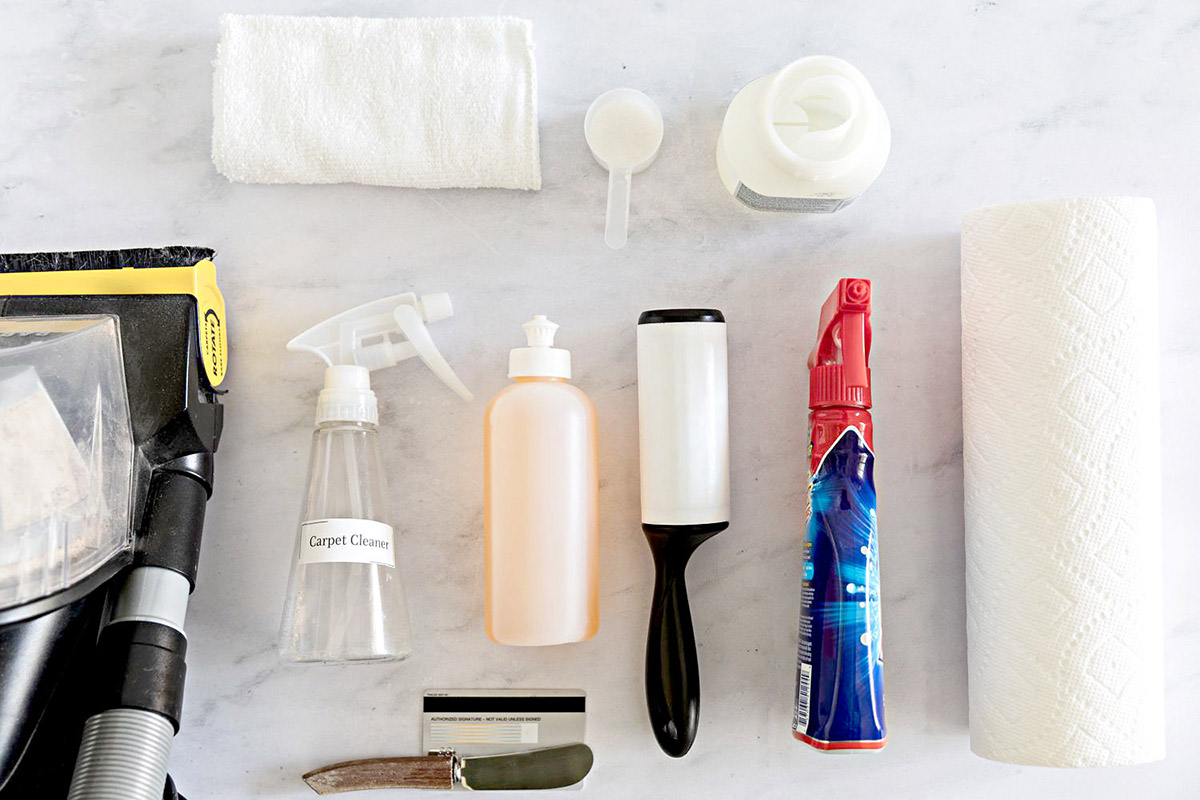
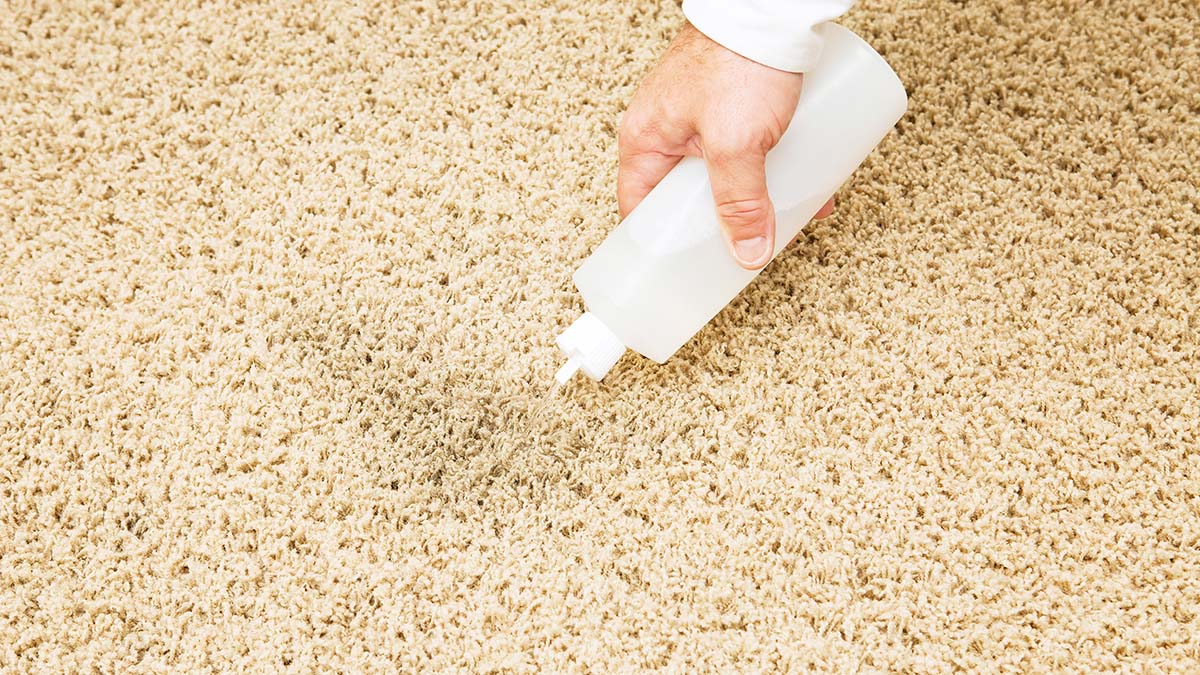
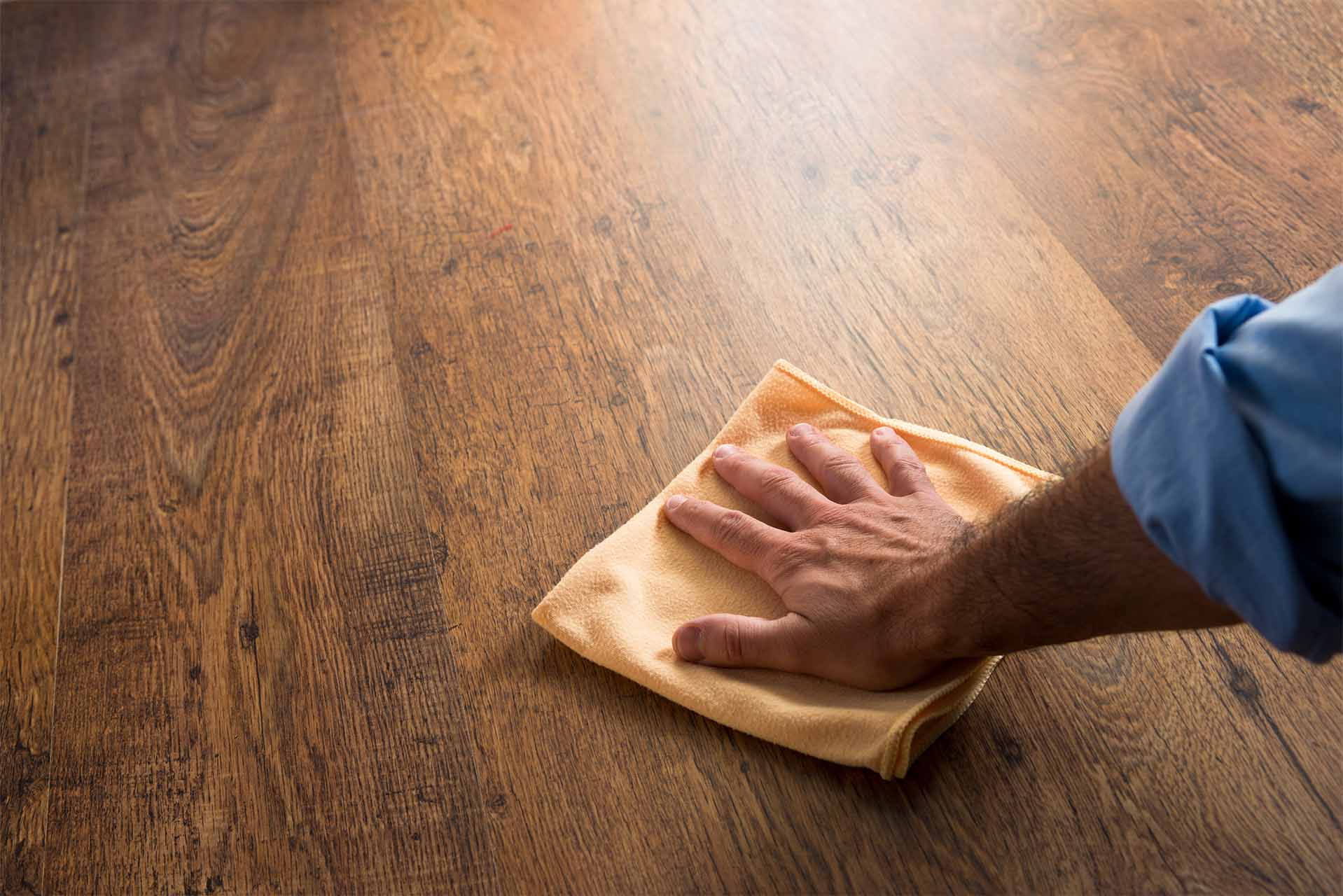
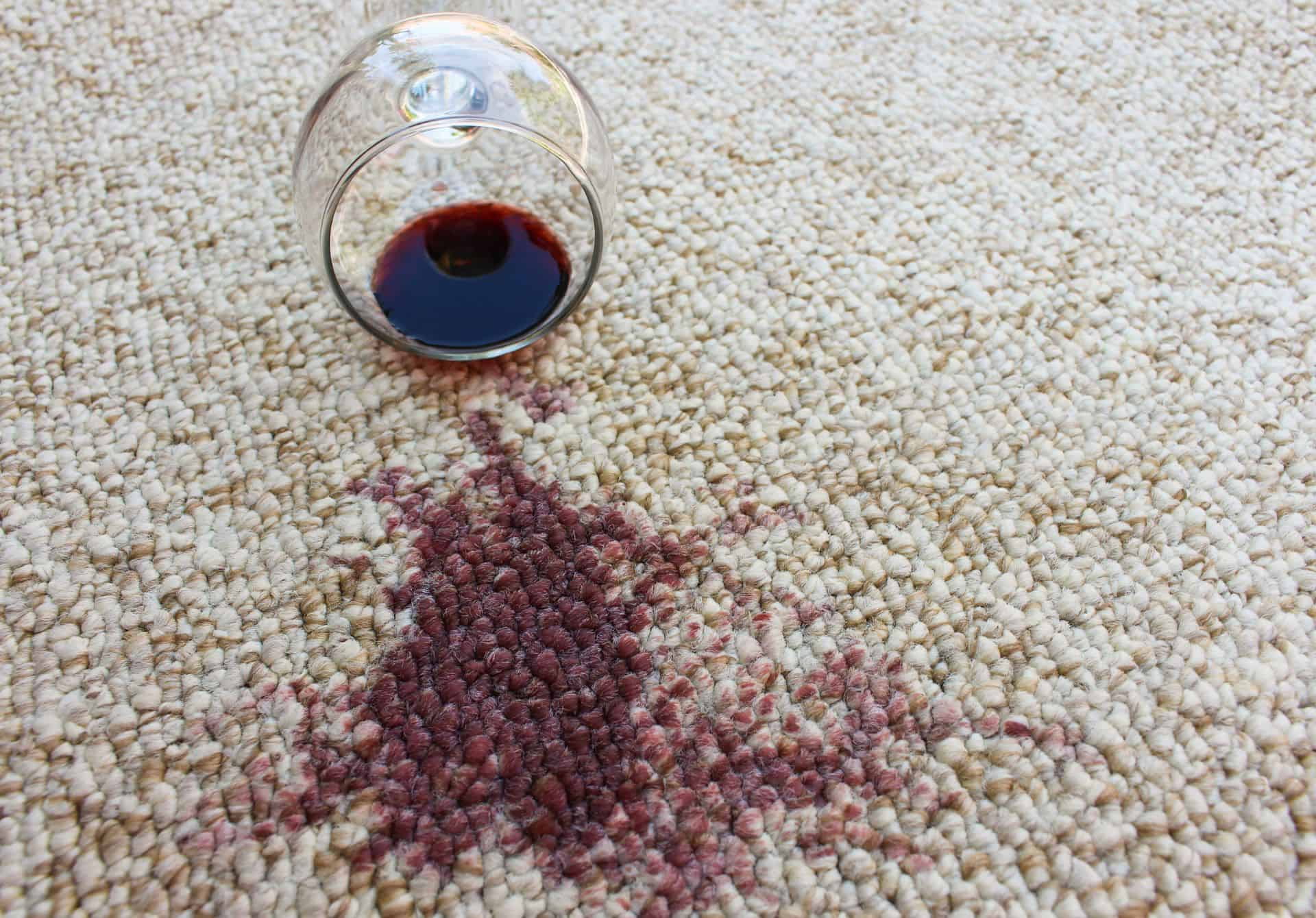
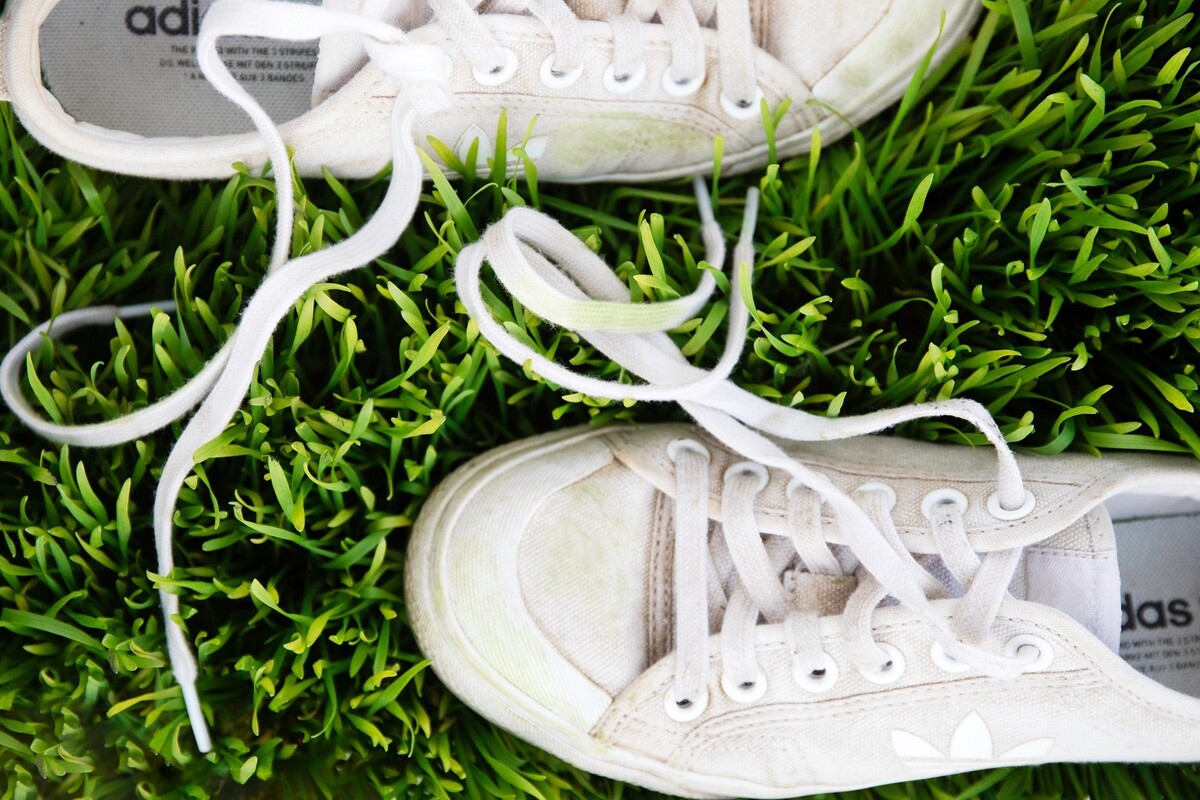

0 thoughts on “How To Remove Cranberry Stains From A Tablecloth”